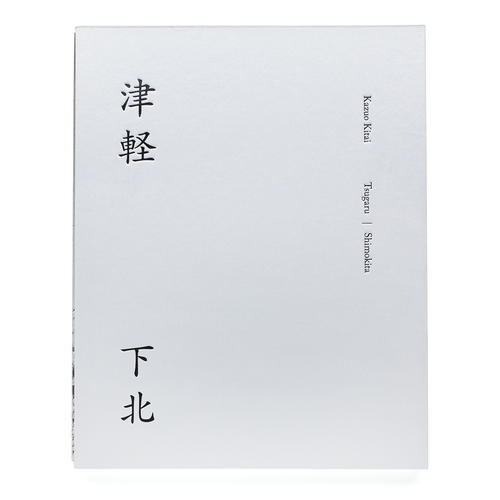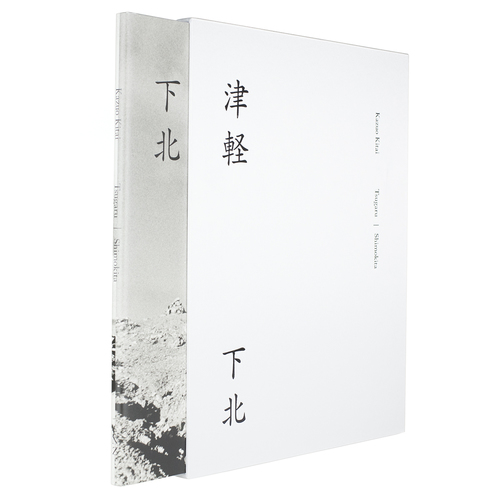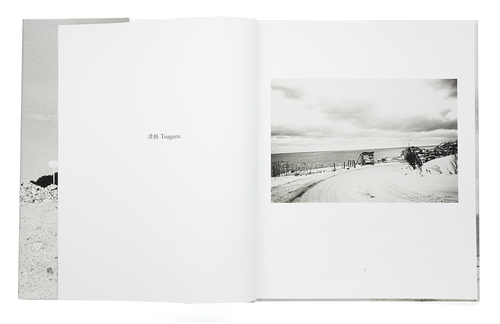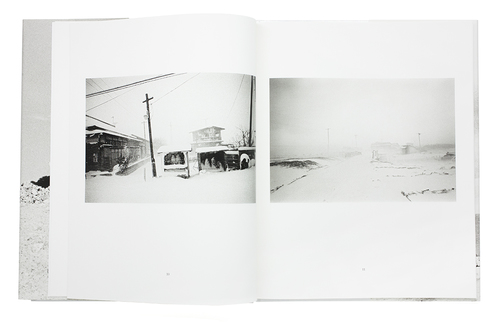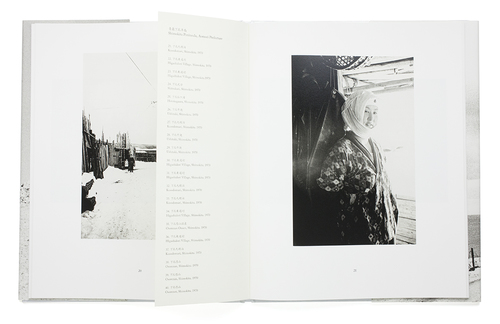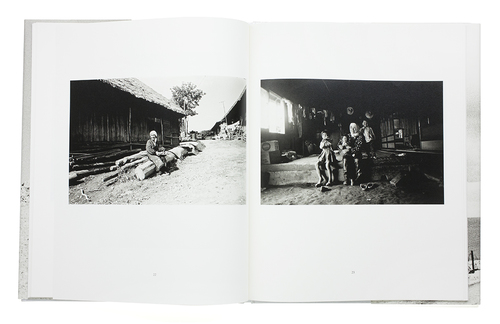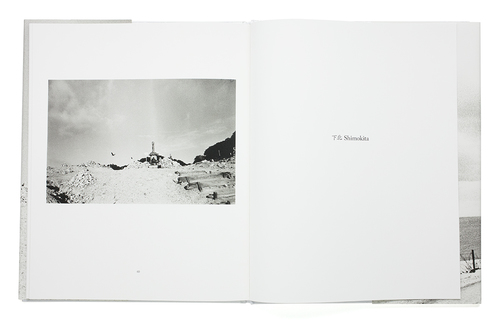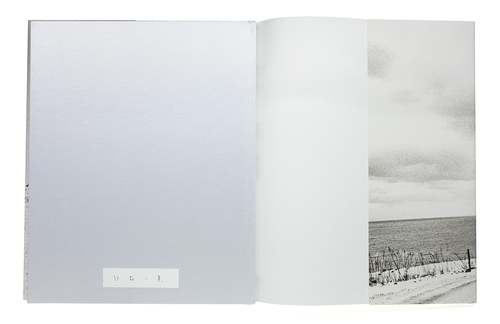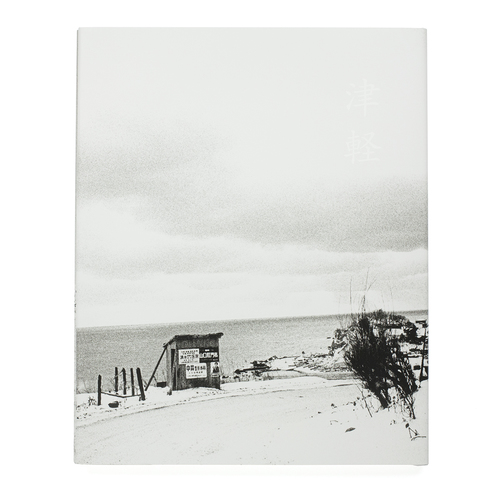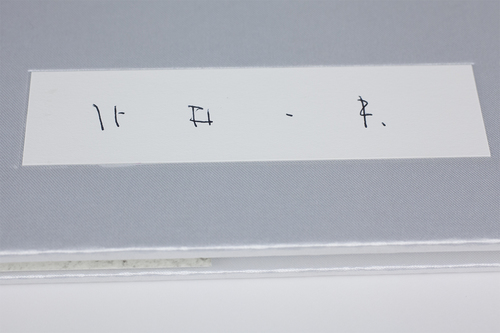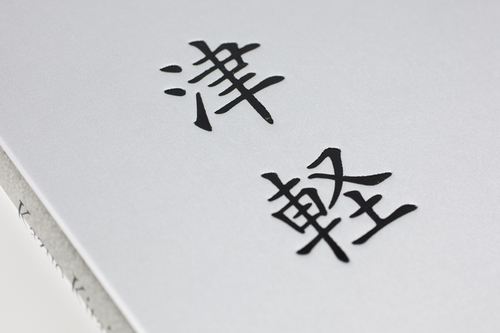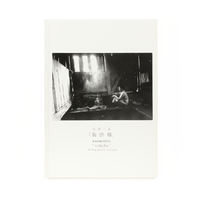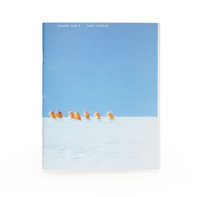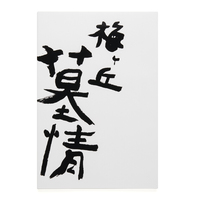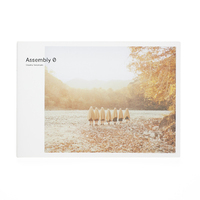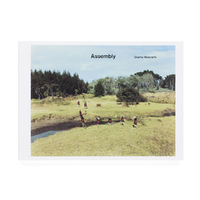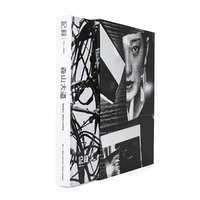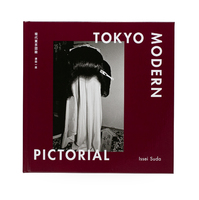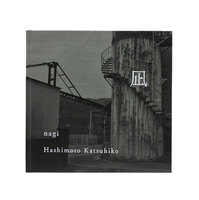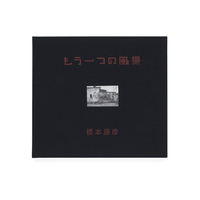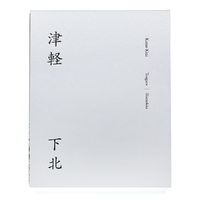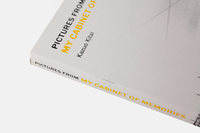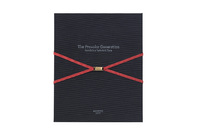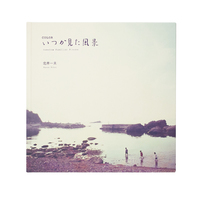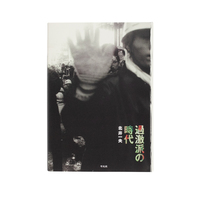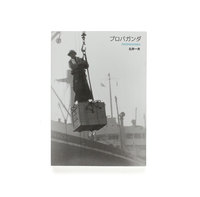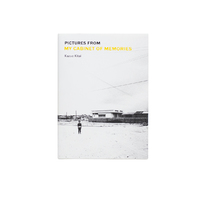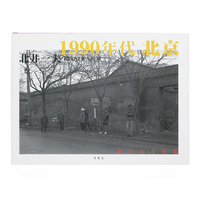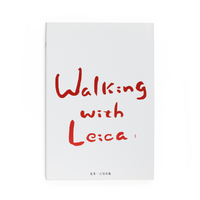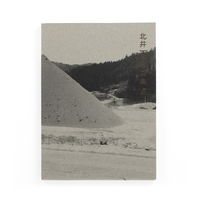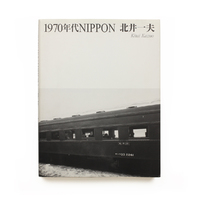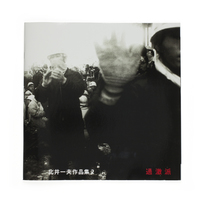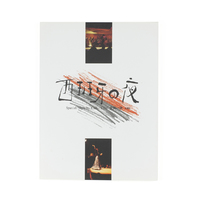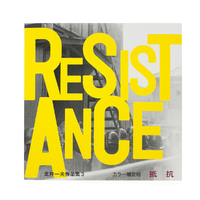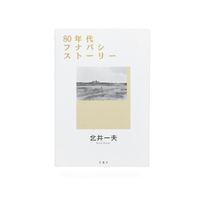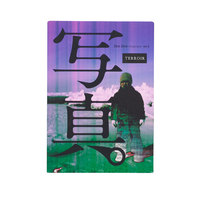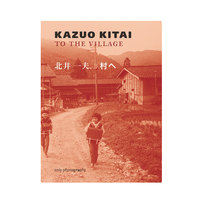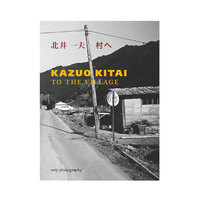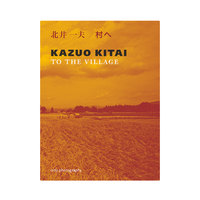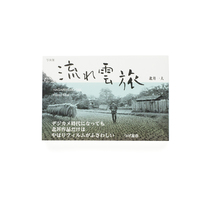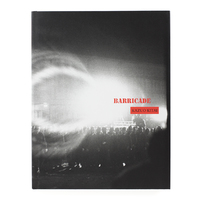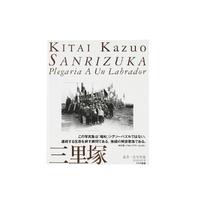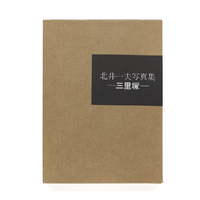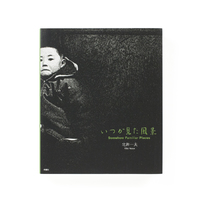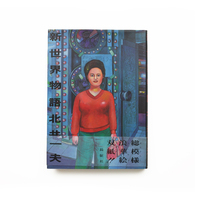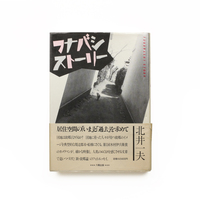Tsugaru | Shimokita
Kazuo Kitai dropped out six months into his first year of art school, revealing a rebellious streak that led him to become involved in the protest movements of 1960s Japan. His first photography book “Resistance” was self-published in 1965. For the rest of the 1960s he continued to follow radical student protests, producing “Barricade”, “Agitators” and finally “Sanrizuka” in 1971.
As the 1960s came to a close, Kitai became disillusioned with political themes and turned to the everyday life of ordinary people. Kitai's first journey was to one of the most remote parts of Japan, the Shimokita Peninsula, and photographs from this journey to Shimokita in 1970 make up the first half of this book. In 1972 and 1973 Kitai travelled again to this most northerly part of Honshu, to the neighbouring area of Tsugaru, and this makes up the other half of this book.
These regions of Shimokita and Tsugaru had been very isolated and barren, with bitterly cold winters. Local language, legends and ancient beliefs had survived into the modern era. The region was known for shamanism and communion with the dead spirits gathering around the holy mountain of Osorezan.
Kitai was to continue to explore rural areas of Japan during the rest of the 1970s, for which in 1976 he received the award of the inaugural Ihei Kimura Prize, Japan's most prestigious award for photography.
Kazuo Kitai was born in Manchuria in 1944. He began photographing in the mid-1960s and remains active 50 years later. He is best known for his protest photography of the 1960s and his work on rural Japan in the1970s. In the 1980s, he concerned himself with the citizens of Osaka and Tokyo (”Shinsekai Monogatari”, “Funabashi Story”). Recent years have seen him publish a regular column in Nippon Camera magazine (”Walking with Leica”) as well as a rise of public interest in his work both in Japan and overseas.
- Book Size
- 305 x 384 mm
- Pages
- 48 pages, 40 images
- Printing
- Hardcover, slipcase
- Publication Date
- 2016
- Language
- English, Japanese
